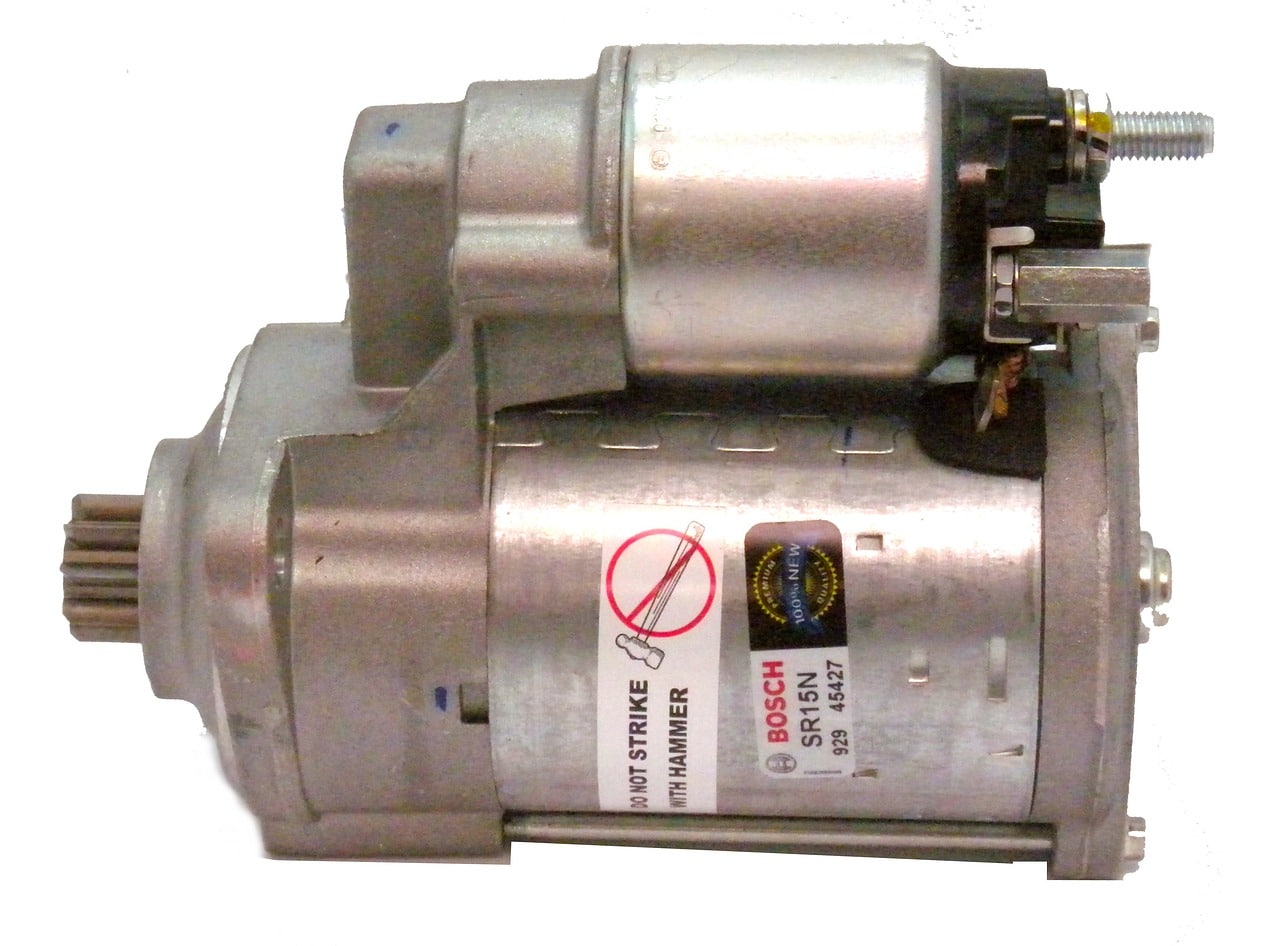As the winter season approaches, many of you are preparing your vehicles for the harsh weather conditions that come with it. One of the most common vehicle-related issues during the winter season is the failure of the car starter. This post will explore the role of the car starter, how cold weather affects it, and the potential benefits of upgrading to a high-performance starter motor. You will learn how this upgrade could improve your car’s reliability in cold weather.
Understanding the Role of a Car Starter
The car starter is a vital component of your vehicle’s engine system. Before we delve into how winter weather affects this part, let’s take a moment to understand what a starter does and why it’s essential for your vehicle’s operation.
In parallel : How Does a Dual Mass Flywheel Affect the Driveability and Comfort of a Manual Transmission Vehicle?
The starter is an electric motor that initiates the engine’s operation. It does this by engaging the flywheel, which in turn causes the engine’s crankshaft to rotate. This rotation starts the process of internal combustion, leading to the vehicle’s engine firing up.
The starter is composed of two main parts: the primary motor that turns the crankshaft and a solenoid. The solenoid is responsible for engaging and disengaging the starter’s drive gear and carries the current from the battery to the starter motor.
This might interest you : What’s the Best Approach to Customizing Your Vehicle’s Exhaust Sound with Electronic Valves?
The location of the starter motor can vary depending on the vehicle’s make and model, but it’s typically found near the rear of the engine or the front of the transmission.
How Cold Weather Affects the Car Starter
Now let’s consider how cold weather can affect your car starter. As winter arrives, you may find that your vehicle is more challenging to start. This can be particularly true if you live in a location where temperatures can drop significantly.
When the weather is cold, your vehicle’s battery can struggle to deliver the necessary power to the starter. This is because the battery’s chemical reaction slows down in colder temperatures, leading to a reduction in available power.
Moreover, the oil in your engine can thicken in cold weather, which means the engine requires more torque to turn over. Accordingly, the starter must work harder, putting more strain on both the battery and the starter itself.
Consequently, if either the battery or the starter is nearing the end of its life, cold weather can often tip it over the edge, leading to a failure to start the engine.
The Benefits of a High-Performance Starter Motor
So, how does upgrading to a high-performance starter motor come into play?
A high-performance starter motor is designed to deliver more torque compared to a standard starter. This additional torque becomes particularly beneficial during cold weather, when the engine requires more power to start due to the thickened oil.
Alongside higher torque output, high-performance starters are generally more durable and reliable. They are built to withstand higher levels of stress, which in turn makes them more resistant to the increased demands of starting an engine in cold weather.
Moreover, these high-performance starters often feature a more efficient design, which allows them to operate effectively even when the battery power is lower. This efficiency can be a critical factor in cold weather, where the battery performance can be compromised.
Making the Switch: How to Upgrade Your Starter Motor
If you’re convinced about the benefits of a high-performance starter motor, you might be wondering how to go about making the upgrade.
The first step is to get a quote for the new starter motor and its installation. The cost can vary depending on the specific model of high-performance starter you choose and your vehicle’s make and model.
Once you have a quote and decide to proceed, the next step is the installation. While it’s possible to install a new starter motor yourself if you have some mechanical knowledge, it’s usually best to let a professional handle this task. The starter is a critical part of your vehicle’s engine system, and improper installation can lead to significant issues down the line.
In conclusion, while the initial cost of a high-performance starter motor might be higher, the potential for increased reliability, especially in cold weather, could make this a worthwhile investment for those of you living in colder climates. After all, few things can be more frustrating than a car that won’t start on a cold winter morning.
Remember, regular maintenance and timely replacement of critical parts like the starter motor and the battery are key to your vehicle’s reliable performance, regardless of the weather conditions.
Achieving High Torque: The Role of Gear Reduction in Starter Motors
The aspect that sets high-performance starter motors apart from standard ones is their ability to generate high torque. To understand the advantages of a high torque starter motor, we need to comprehend the concept of gear reduction.
In simple terms, gear reduction refers to the mechanism that allows a small motor to generate significant torque. In the context of a car’s starter motor, this means being able to turn over the engine swiftly and efficiently, regardless of the weather conditions.
High-performance starter motors typically use a gear reduction system. In this setup, the starter motor spins at a much higher speed than the engine. The gear reduction system then reduces this high speed, converting it into a high torque output at the flywheel.
This high torque, combined with the increased durability and efficiency of high-performance starters, means your car can start reliably in cold winter weather, even when the car battery and engine oil are under extra strain.
Factors to Consider When Upgrading to a High-Performance Starter Motor
Before deciding to upgrade to a high-performance starter motor, you should consider several factors. An important point is the location of the starter in your vehicle. As mentioned earlier, the starter location can vary depending on the make and model of your vehicle. However, most high-performance starters will fit in the same position as your standard starter.
Another consideration is the type of high-performance starter motor. There are several types available, including permanent magnet starters, gear reduction starters, and direct-drive starters. Each of these has its pros and cons, and the best choice will depend on your specific needs and your vehicle’s specifications.
Finally, the cost is a significant factor. High-performance starter motors tend to be more expensive than standard starters. However, their increased reliability, especially in cold weather, can make them a worthwhile investment in the long run.
Conclusion
In conclusion, upgrading to a high-performance starter motor can significantly improve your vehicle’s reliability in cold weather conditions. The high torque generated by these starters, along with their durable and efficient design, makes them capable of starting your engine effectively, even when the battery’s power and the engine oil’s performance are compromised by cold temperatures.
Remember, though, that like all mechanical components, even high-performance starters require regular maintenance. Keeping your battery in good condition and ensuring your engine oil is suitable for your climate are also essential steps in ensuring your vehicle starts reliably, no matter the weather conditions.
Cold winter mornings can be challenging enough without the added hassle of a car that won’t start. Don’t let a failing starter motor add to your winter woes. Consider upgrading to a high-performance starter and enjoy the benefits of reliable starts even in the harshest weather conditions.






